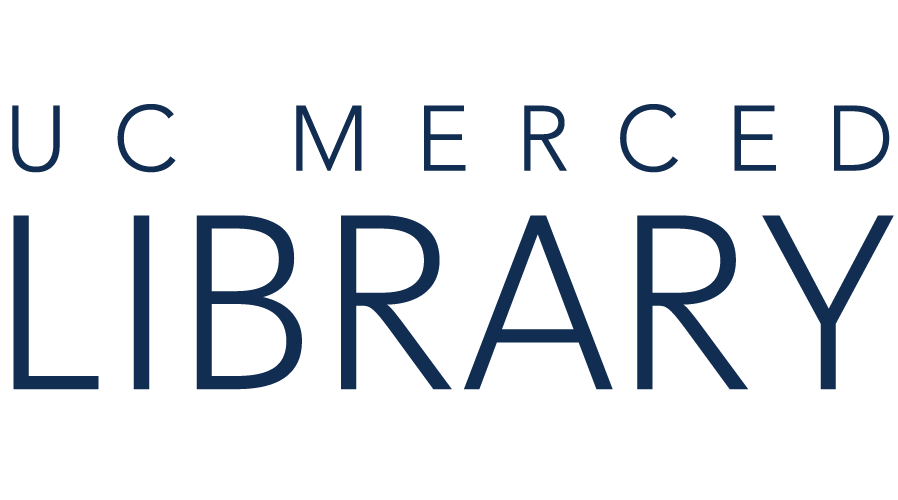Check out this short (3:22) video from the University of Kansas (KU) Libraries to learn about evaluating sources for credibility.
SCHOLARLY |
POPULAR |
||||
|
|
General Interest |
Trade / Professional |
Sensational |
||
LENGTH |
Long; 8 pages or more |
Short; 6 pages or less |
Short; 6 pages or less |
Short |
|
CONTENT |
Original research or experimentation. Format: title, abstract, literature review, methodology, discussion, conclusion, bibliography |
Broad focus topics:culture, politics, etc. |
News, trends, developments and products for industry or profession |
Celebrity gossip, unusual news stories that may lack credibility |
|
READERSHIP or AUDIENCE |
Academics Students Professionals |
Educated audience but non-specialists |
Professionals and experts in the field |
Gullible audience, appeal to superstitions and prejudice |
|
AUTHOR |
Specialists and researchers in a subject area |
Staff or freelance writers who may have subject expertise |
Professionals in the field, and/or staff writers |
Often unidentified |
|
VOCABULARY |
Technical vocabulary and specialized jargon |
Average level ranging from formal to conversational |
Some specialized vocabulary but fairly readable |
Elementary and inflammatory, popular language |
|
ACCOUNTABILITY |
Peer reviewed Significant references |
Not peer reviewed Minimal references |
Not peer reviewed Minimal references |
Not peer reviewed Entirely unsubstantiated |
|
ADVERTISEMENTS |
Few or none |
Moderate |
Moderate (tend to be trade related) |
Many |
|
APPEARANCE |
Plain, black/white graphics, charts and figures |
Glossy w/ color with photographs and illustrations |
Glossy w/ color with photographs and illustrations |
Newspaper format, color with many photographs |
|
EXAMPLES |
The Journal of the American Medical Association
Journal of Sport and Social Issue |
The Atlantic Monthly
Sports Illustrated
Time
Vogue |
Advertising Age
American Teacher
Publishers Weekly
Supermarket News |
National Examiner
Star
Weekly World News |
|
|
This chart has been adapted from UC Santa Cruz's web page "Distinguish Between Popular and Scholarly Periodicals". |
|||||
Check out this short video (2:34) from Western University on How to Read a Scholarly Article.
Check out this short video (5:30) from the University of Minnesota for tips on reading scientific articles.
Use the 6 question words as a guide for evaluating whether information sources are authoritative (accurate, credible and reliable).
Important: A source is never only “good” or “bad” but can be more or less appropriate depending on the research you are doing.
Who is the author and how did they get their authority? Authority exists in many forms such as subject expertise (for example, a degreed professor), societal position (a member of Congress), or special experience (a participant at an event). Many disciplines have acknowledged authorities (e.g., well-known scholars) whose ideas are considered “standard” in the field. But even these “standards” can be and have been challenged.
A blog posting by an eyewitness to a riot would be an authoritative primary source on the subject.
Authoritative content may come in various forms (books, articles, videos, social media, etc.) and come in many different tones (conversational, academic, technical). Its creation process determines if it can be considered primary, secondary, or a tertiary source. What is considered an authoritative source depends on the researcher’s question and needs.
Research on Malcolm X would be enhanced by an informal conversation with one of his friends. Research on earth sciences, however, would be enhanced by the study of technical reports.
Authoritative content may be found in formal (such as a scholarly article) or informal (a blog posting) sources. Many disciplines have acknowledged authorities (publications like scholarly journals or books) that are considered “standard” in the field. Similarly, there are publishing houses, academic presses, or even certain website domains (e.g., .gov or .edu) that have reputations for providing high-quality information. But even these “standards” can be and have been challenged. It is important to evaluate the work itself and where you found it.
Authoritative research on fracking produced by the federal government but then re-purposed by a fracking company website, may be authoritative, but should be carefully analyzed in the context of the site on which it was found.
Authoritative information may be recently published or very old. It can be published close to the event it is about or much later. Subject and context are all important when asking “when.”
Referring to a book published in 1900 for research on the US Civil War (1861-1865) could be authoritative. Researching stem cell transplantation using a study in a journal article published in 2010 could be out-of-date.
Bias can exist in any source (newspapers, scholarly articles, blog posts, etc.). When evaluating a source, asking why the author(s) wrote the document (and who funded or sponsored the work) can help you decide if it is authoritative. Having a bias doesn’t mean a source shouldn’t be used. Rather, any information should be examined critically and verified with another source.
An article on plastic bag recycling on a plastic industry website might reference facts found in scientific research but be used in a biased way to support their industry.
The methodology an author chooses to gather and analyze information plays an important role in the credibility of their research. When gathering data an author may have done their own original study, compiled outside sources, interviewed people, or be writing from personal experience. Any method can be authoritative, depending on the information need. The author's use of proprietary, inter-operable (the extent to which systems can exchange, interpret, and share data), or open data formats signals how and if an author intends the data to be used and shared.
Using interviews to support the effectiveness of a new drug is not a sound methodology; however, using interviews to give context to a riot is.

Copyright @ The Regents of the University of California. All rights reserved.
